In an era before streaming services, social media, and even household VCRs, television viewing was a communal experience that brought families together in living rooms across America. The 1970s represented a golden age of programming that managed to appeal across generational lines, creating shared cultural touchstones that families still reference decades later. These weren’t just shows—they were weekly rituals that prompted discussion, laughter, and occasionally a few tears as households gathered around that single screen in the living room. From beloved sitcoms to groundbreaking dramas, these 13 shows had a magical quality that kept everyone—from grandparents to young children—eagerly anticipating the next episode.
1. “The Waltons” (1972-1981)
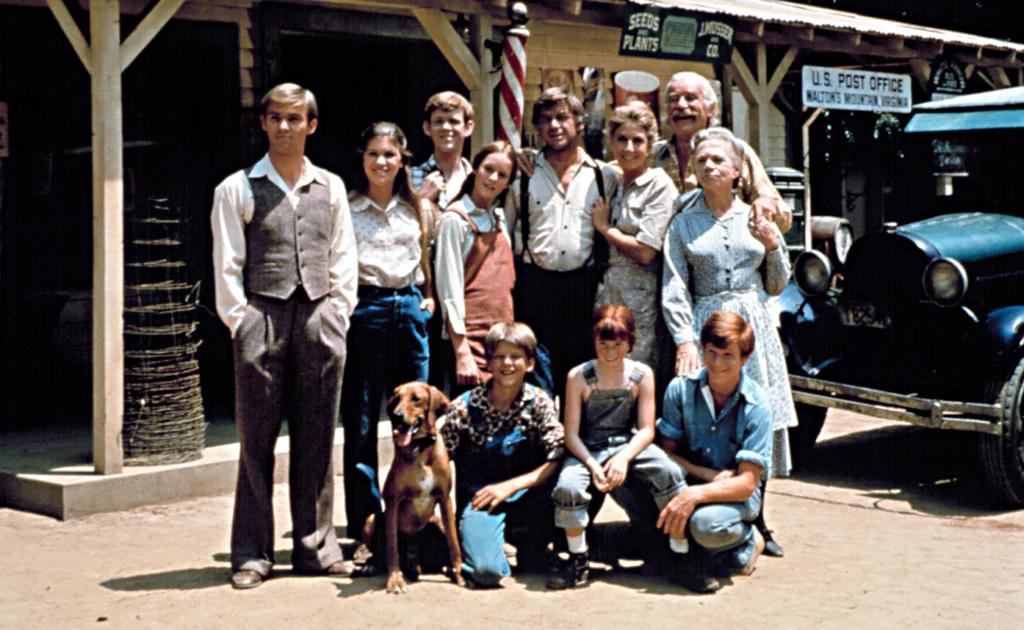
With its signature “Goodnight, John-Boy” closing sequence and Depression-era setting, “The Waltons” transported viewers to Virginia’s Blue Ridge Mountains where three generations of the Walton family faced life’s challenges with unwavering values and mutual support. Creator Earl Hamner Jr. drew from his own childhood experiences to craft stories that addressed serious issues like economic hardship, prejudice, and war while maintaining a wholesome approach that parents appreciated and children could understand. The show’s authentic portrayal of family bonds—showing both the warm moments and realistic conflicts—created a template for how television could be both entertaining and meaningful without relying on shallow humor or artificial drama. Los Angeles Times reminds us also of how this series set a new standard for real-life families, especially dads.
What made “The Waltons” truly special was its ability to appeal across age groups, with grandparents appreciating the historical accuracy, parents relating to John and Olivia’s parenting struggles, and children connecting with the seven Walton children’s adventures and coming-of-age experiences. The show’s gentle pacing and thoughtful storytelling stood in stark contrast to the increasing pace and volume of modern entertainment, creating a weekly ritual of reflection that many families scheduled their evenings around. Even viewers who didn’t grow up in rural settings or during the Depression found universal themes in the Waltons’ experiences, proving that authentic emotional connections transcend specific settings or time periods.
2. “Little House on the Prairie” (1974-1983)
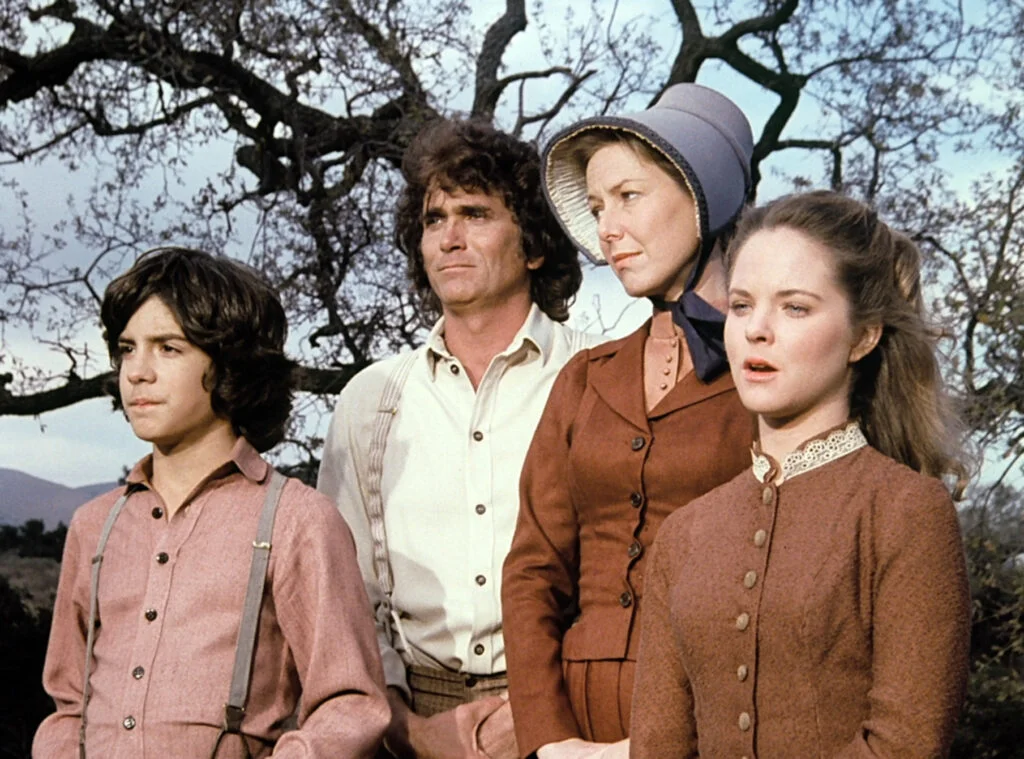
Based on Laura Ingalls Wilder’s beloved semi-autobiographical books, this series chronicling the Ingalls family’s life in the American frontier captivated viewers with its combination of historical detail and heartfelt storytelling. Michael Landon’s portrayal of Charles Ingalls created one of television’s most enduring father figures—strong yet sensitive, hardworking yet playful—while Melissa Gilbert’s Laura gave young viewers a relatable protagonist navigating the challenges of growing up in difficult circumstances. The show’s unflinching portrayal of frontier hardships—blizzards, crop failures, illness, and poverty—balanced against moments of simple joy and community connection created a realistic yet ultimately hopeful vision of American history that extended far beyond typical Western tropes. Biography traces what happened to America’s favorite famous fictional family.
What separated “Little House” from other historical dramas was its ability to use its 1870s setting to address contemporary issues in ways that prompted family discussions without preaching or oversimplification. Episodes tackling racism, addiction, disability, and economic inequality encouraged viewers to consider these issues from multiple perspectives, often leaving questions deliberately unresolved to prompt further conversation after the credits rolled. The show’s practical depiction of homesteading skills fascinated children raised in more convenient times, while parents appreciated the emphasis on values like perseverance, resourcefulness, and community support that remained relevant regardless of era or setting.
3. “The Carol Burnett Show” (1967-1978)
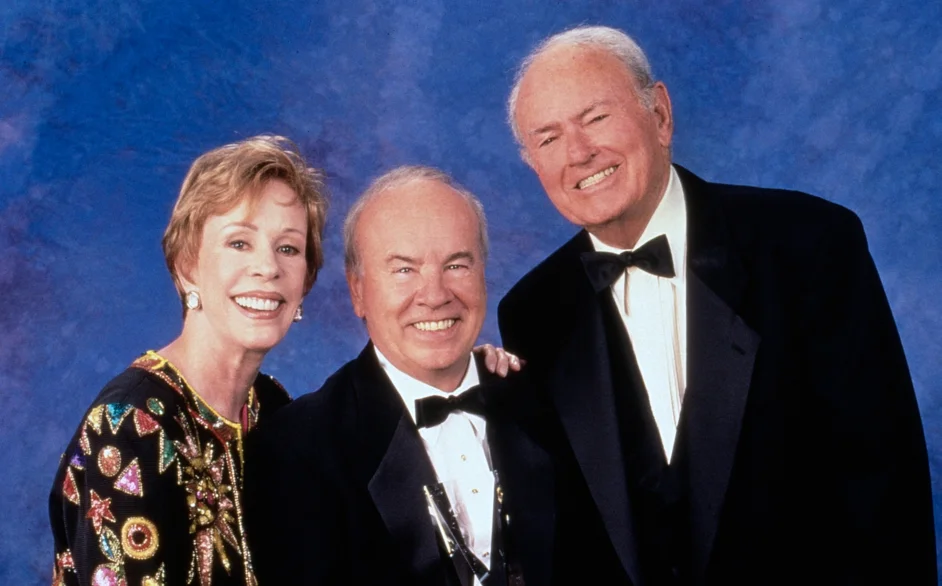
With its combination of sophisticated comedy sketches, musical performances, and Carol Burnett’s legendary audience Q&A sessions, this variety show created a rare space where humor could be appreciated on multiple levels simultaneously. The core ensemble—Carol Burnett, Harvey Korman, Tim Conway, and Vicki Lawrence—developed such remarkable chemistry that their frequent on-camera breaks into genuine laughter became beloved moments rather than mistakes to be edited out. Conway’s legendary ability to improvise new material during recordings specifically to make Korman lose composure created some of television’s most authentic moments of joy, demonstrating that real humor often emerges from genuine human connection rather than polished scriptwriting. If anyone thought Carol had done enough, BBC reminds us that she’s still not done yet wowing us on TV.
The show’s sketch formats created perfect multi-generational appeal—physical comedy and silly costumes entertained younger viewers while subtle parodies and topical references engaged adults. Perhaps most remarkably, the show maintained family-appropriate content while avoiding the blandness that often results from overly cautious programming—proving that “clean” comedy could still be sharp, innovative, and occasionally cutting-edge. Special episodes like the “Gone with the Wind” parody “Went with the Wind” (featuring Burnett’s iconic curtain-rod dress) became such cultural touchstones that even family members who weren’t regular viewers would make sure to watch, creating shared references that spanned generations.
4. “Happy Days” (1974-1984)
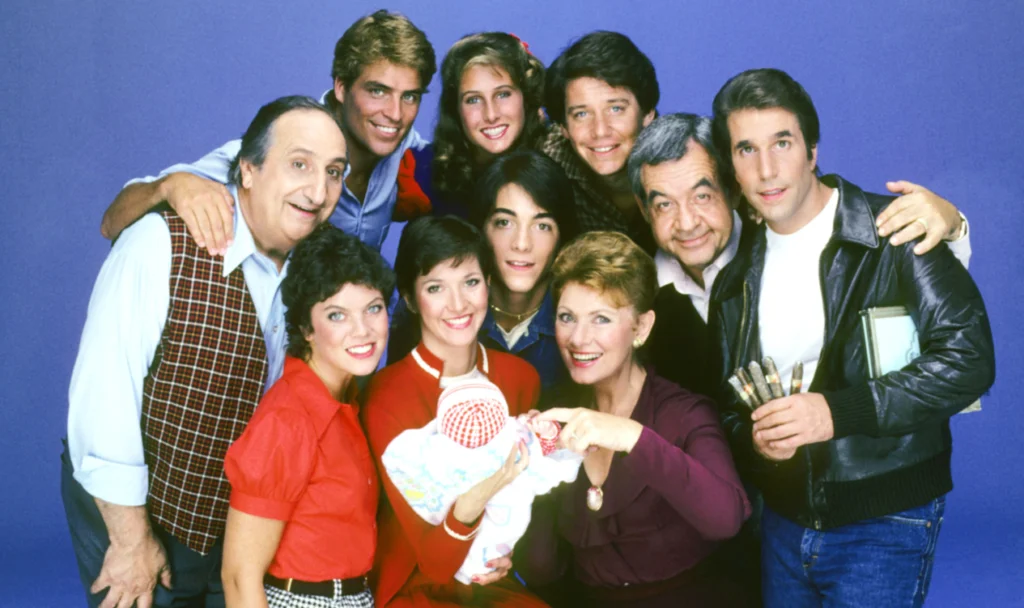
Set in idealized 1950s Milwaukee, “Happy Days” created a nostalgic yet engaging world centered around the Cunningham family and breakout character Arthur “Fonzie” Fonzarelli, whose leather-jacketed cool made him an unlikely household hero across America. The show’s innocent portrayal of teen life—hanging out at Arnold’s Drive-In, navigating high school social dynamics, and wrestling with emerging independence—created a vision of adolescence that was entertaining for children, relatable for teenagers, and comfortingly nostalgic for parents. Ron Howard’s portrayal of straight-arrow Richie Cunningham balanced perfectly against Henry Winkler’s Fonzie, creating complementary models of masculinity that showed viewers that both decency and confidence had value.
What began as a fairly standard sitcom evolved into a cultural phenomenon that spawned catch phrases (“Sit on it!” and “Aaaay!”), fashion trends (Fonzie’s leather jacket), and multiple spin-offs including “Laverne & Shirley” and “Mork & Mindy.” The show’s multi-generational appeal came partly from its structure—household scenes with Howard and Marion Cunningham provided parental perspectives, while the teenagers’ adventures at Arnold’s addressed youth culture in ways that remained appropriate for family viewing. Though later seasons veered into increasingly improbable storylines (including the notorious “jumping the shark” episode), the show’s warm portrayal of family and friendship created a comfort-viewing experience that brought households together week after week.
5. “The Wonderful World of Disney” (1969-1979)
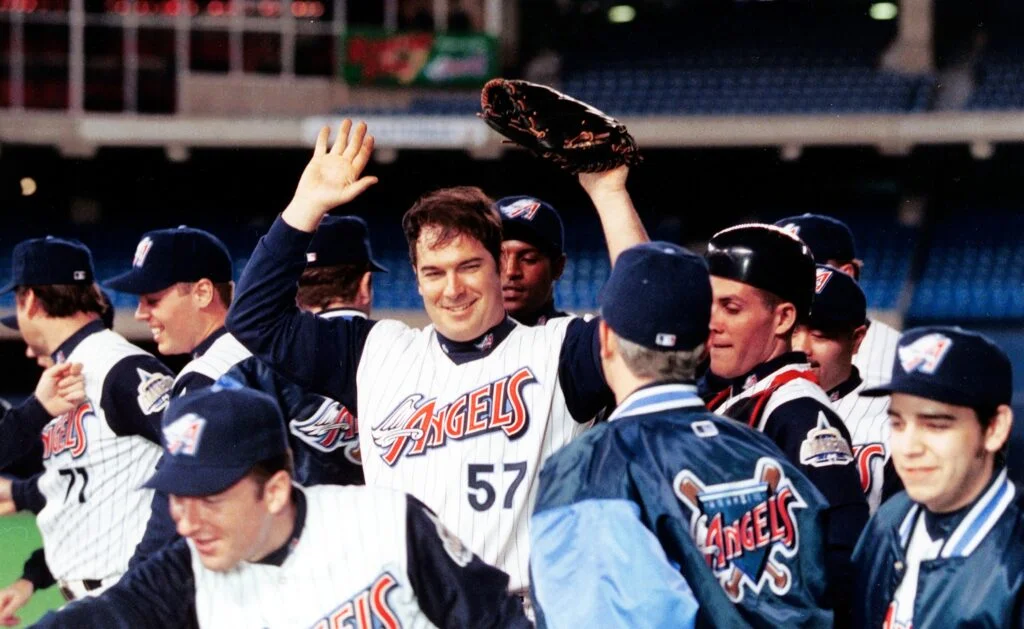
Sunday evenings meant gathering around the television for Walt Disney’s anthology series, which brought feature films, documentaries, animated classics, and original programming into homes across America. The show’s format—introduced by Walt Disney himself until his death in 1966 and later by various hosts—created a weekly tradition that families planned their schedules around, often allowing children to stay up later than usual for this special event. The varied programming meant that something in each broadcast would appeal to different family members—nature documentaries fascinated science-minded viewers, animated segments delighted younger children, and behind-the-scenes features about Disney parks or films interested those curious about creative processes.
The show’s reliable wholesomeness made it one of the few programs parents could confidently watch with children of any age without concerns about inappropriate content or complex explanations. Beyond its entertainment value, the series served as many children’s first introduction to nature documentaries, historical stories, and literary adaptations, creating educational opportunities disguised as family entertainment. The familiar Disney opening music became a Pavlovian signal for families to gather in living rooms across America, creating one of television’s most successful and long-running shared viewing experiences that spanned generations.
6. “The Muppet Show” (1976-1981)
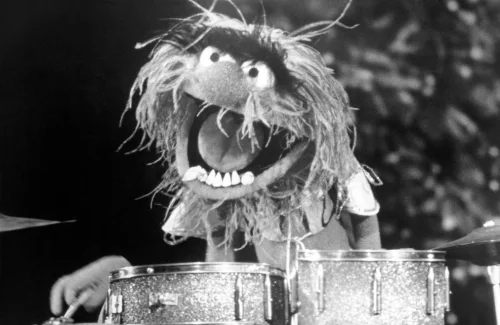
Jim Henson’s groundbreaking variety show featuring Kermit the Frog, Miss Piggy, and a cast of wildly creative puppet characters revolutionized family entertainment by simultaneously appealing to children through colorful characters and to adults through sophisticated humor and celebrity guest stars. The show’s format—structured as a backstage comedy at a chaotic theater—created the perfect framework for combining musical performances, sketch comedy, and recurring segments like “Pigs in Space” and “Veterinarian’s Hospital” that developed their own devoted followings. The Muppets’ unique personalities—from Fozzie Bear’s terrible jokes to Gonzo’s bizarre stunts to the grumpy old men Statler and Waldorf heckling from their balcony—created a rich comedic universe where everyone could find favorite characters.
What made “The Muppet Show” truly revolutionary was its refusal to talk down to any audience member—the humor operated on multiple levels simultaneously, with physical comedy amusing younger viewers while witty wordplay and subtle pop culture references engaged adults. The diverse weekly guest stars—ranging from Rita Moreno and Harry Belafonte to Alice Cooper and Elton John—created crossover appeal that exposed families to performers they might not otherwise have watched together. The show’s enduring influence on comedy, puppetry, and family programming demonstrated that sophisticated entertainment could be genuinely accessible to all ages without sacrificing quality or creativity.
7. “M*A*S*H” (1972-1983)
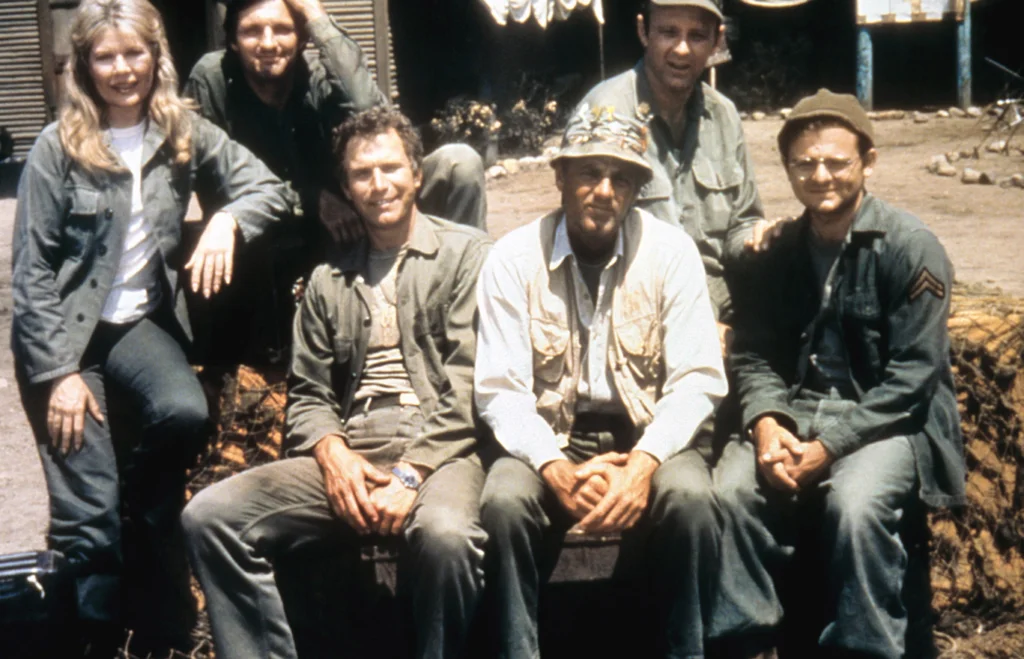
Set during the Korean War but clearly commenting on the Vietnam era during which it aired, this groundbreaking comedy-drama about Mobile Army Surgical Hospital 4077 transformed from a fairly standard military comedy into one of television’s most profound examinations of war’s impact on ordinary people. Alan Alda’s portrayal of surgeon Hawkeye Pierce—using humor as a coping mechanism while struggling to maintain humanity amid constant trauma—created one of television’s most complex and beloved characters. The show’s revolutionary balance of laugh-out-loud comedy with genuine moments of pathos and social commentary allowed families to process difficult topics through characters they came to know intimately.
What made “MAS*H” particularly valuable as family viewing was its ability to prompt meaningful conversations across generations, with parents who had military experience offering perspectives that deepened younger viewers’ understanding of the show’s context. The diverse ensemble cast—including Loretta Swit’s fiercely competent Margaret Houlihan, Gary Burghoff’s innocent Radar O’Reilly, and Jamie Farr’s cross-dressing Corporal Klinger—allowed different family members to identify with different characters’ approaches to surviving difficult circumstances. As the series progressed and embraced more dramatic storytelling, watching together became a way for families to collectively process complex emotions about war, sacrifice, friendship, and resilience.
8. “The Brady Bunch” (1969-1974)
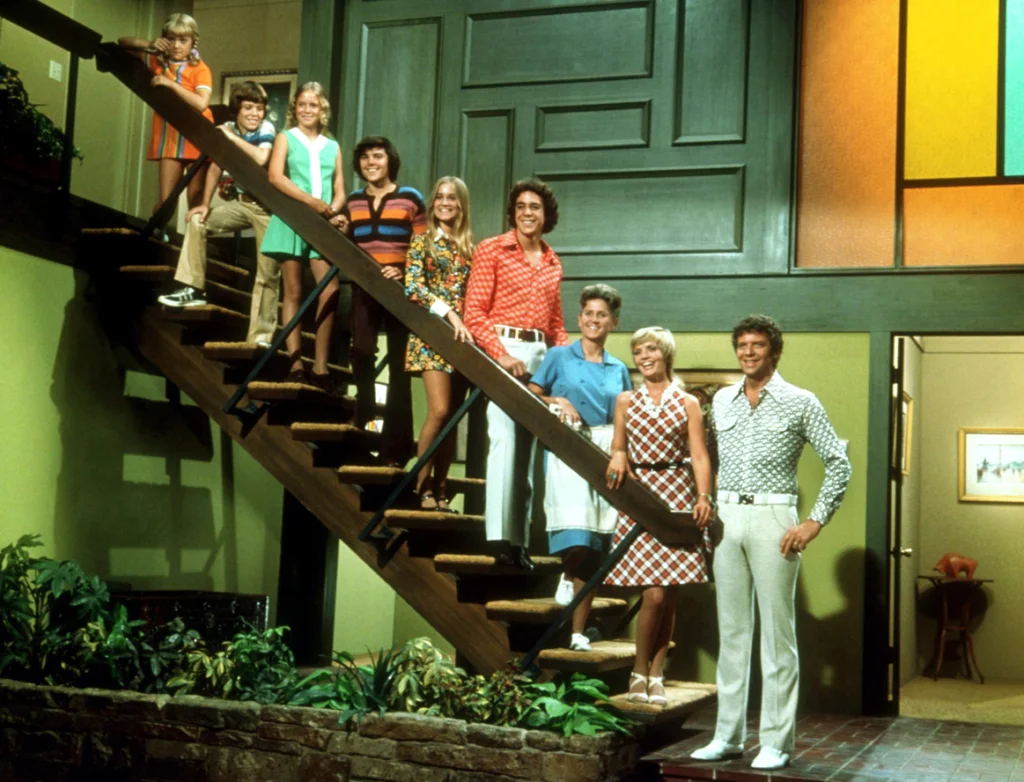
Though often gently mocked for its idealized portrayal of blended family life, this story of “a man named Brady” who married “a lovely lady” to create a household of six children created a template for family sitcoms that continues to influence television decades later. The deliberately wholesome storylines—focusing on everyday conflicts like sibling rivalries, school issues, and minor misunderstandings rather than serious trauma or dysfunction—created comfortable viewing that parents could enjoy with children of any age. The show’s bright aesthetic, memorable theme song, and distinctive 3×3 grid of family members in the opening credits created instant recognition that helped it achieve cultural icon status despite relatively modest ratings during its original run.
What made “The Brady Bunch” particularly effective as family viewing was its celebration of compromise, communication, and mutual respect as solutions to conflict—values parents could reinforce through post-show discussions. The gentle lessons embedded in each episode—delivered through Mike Brady’s fatherly wisdom or Carol Brady’s maternal guidance—gave parents natural openings to discuss similar situations in their own families without seeming preachy. While critics often dismissed the show as unrealistically cheerful, its aspirational portrayal of family dynamics where problems were acknowledged and addressed provided a valuable counterbalance to increasingly cynical entertainment, creating a shared vision of family potential that viewers could reference in their own relationships.
9. “All in the Family” (1971-1979)
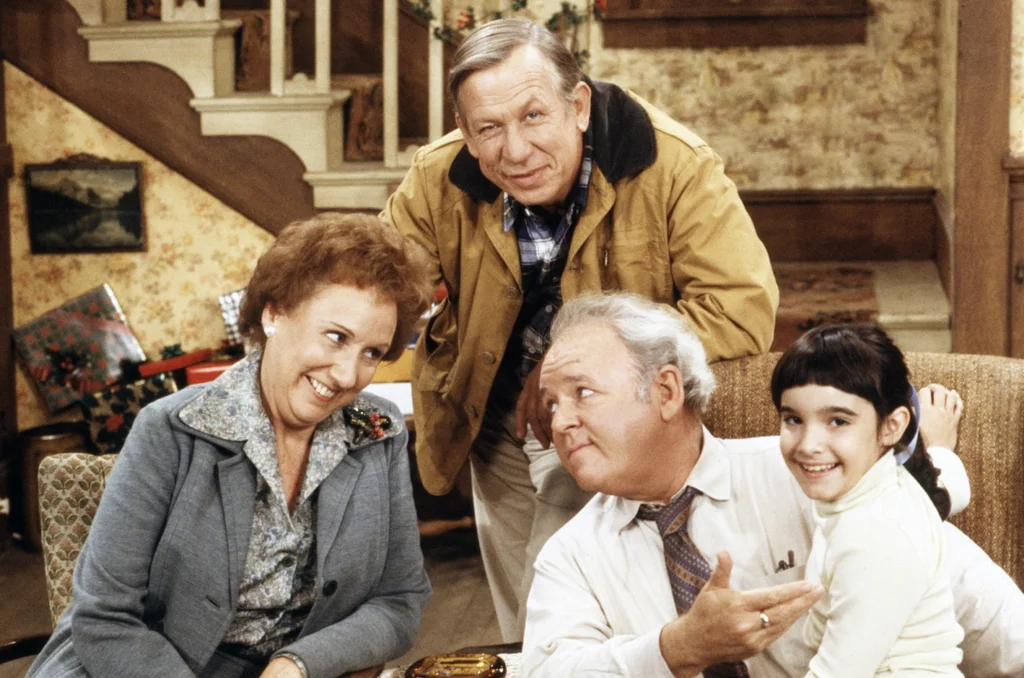
Norman Lear’s revolutionary sitcom centered on bigoted working-class Archie Bunker, his long-suffering wife Edith, and their progressive daughter and son-in-law created television’s first truly complex examination of America’s culture wars. The show’s willingness to directly address previously taboo topics—racism, homosexuality, women’s liberation, religion, and politics—through the lens of a single family’s dinner table arguments created unprecedented opportunities for real families to discuss these issues in their own living rooms. Carroll O’Connor’s nuanced portrayal of Archie—showing the insecurity and genuine love beneath his offensive bluster—created one of television’s most fully realized characters, forcing viewers to recognize humanity in people whose views they might otherwise dismiss entirely.
What made “All in the Family” particularly valuable as family viewing was its refusal to provide easy answers or clearly designate heroes and villains—Archie could be simultaneously wrong in his prejudices yet correct about other aspects of a situation, while the more progressive characters could be self-righteous or naive despite their more enlightened views. The show’s groundbreaking approach to controversy—using humor to defuse tension without minimizing the importance of the issues—created a framework for families to navigate their own political and social differences with more understanding and less hostility. Jean Stapleton’s Emmy-winning performance as Edith Bunker offered a masterclass in finding common ground between conflicting viewpoints through genuine kindness and wisdom that transcended educational limitations.
10. “Eight Is Enough” (1977-1981)
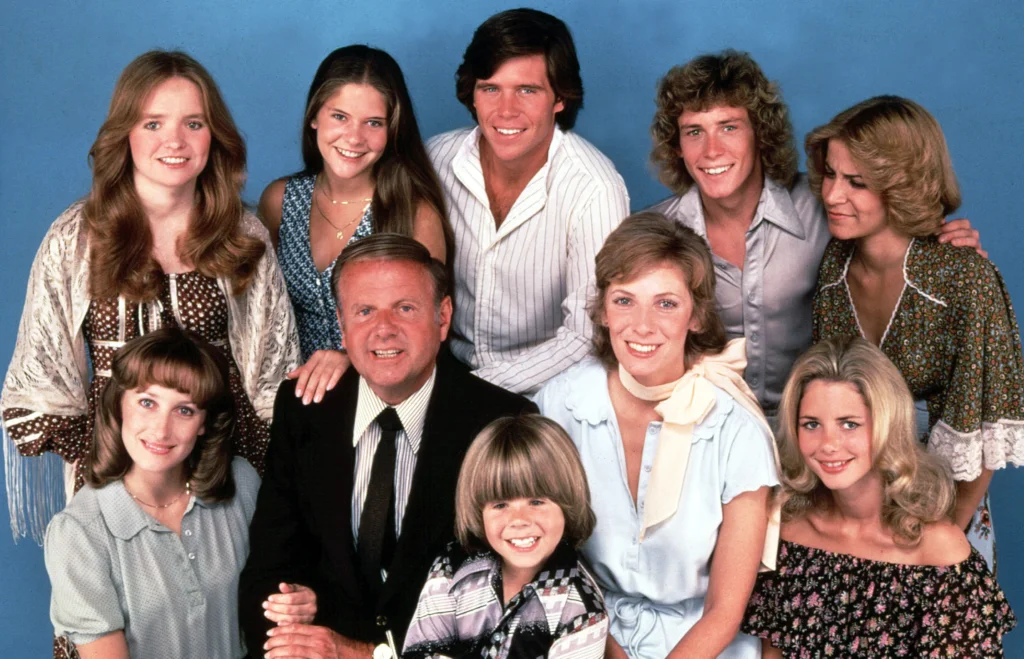
Based loosely on the real-life experiences of journalist Tom Braden, this drama-comedy about widower Tom Bradford raising eight children created a more realistic alternative to the perfectly tidy world of “The Brady Bunch.” The show’s willingness to address serious issues—including the real-life death of actress Diana Hyland, who played mother Joan Bradford in the first season, which was written into the show as the death of the character—created unprecedented emotional depth for a family program. The diverse personalities and wide age range of the Bradford children—from young preteen Nicholas to adult daughter Mary—meant that every family member could find at least one character whose experiences resonated with their own life stage.
What distinguished “Eight Is Enough” from other family dramas was its emphasis on the realistic challenges of parenting rather than idealized solutions—Tom Bradford (played by Dick Van Patten) made mistakes, lost his temper, and sometimes struggled to connect with his children in ways that validated parents’ real experiences. The Bradford household’s frequent chaos, financial struggles, and imperfect communication created a vision of family life that balanced warmth and love with realistic friction and growth. As the series progressed and the children faced increasingly adult challenges—relationships, career decisions, and identity formation—the show grew with its audience, maintaining relevance for families whose own children were maturing alongside the Bradford siblings.
11. “The Six Million Dollar Man” (1974-1978)
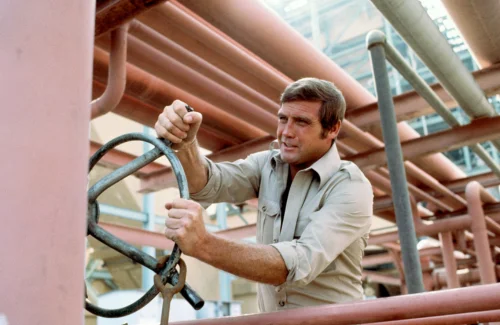
Lee Majors’ portrayal of astronaut Steve Austin, rebuilt with bionic limbs and implants after a devastating crash, created one of television’s most iconic action heroes who appealed to science fiction fans of all ages. The show’s distinctive sound effects—the slow-motion “na-na-na-na” during bionic sequences—became instant playground mimicry material for children, while the cold war espionage plots offered enough complexity to keep adults engaged. The series found the perfect balance between futuristic concepts and accessible storytelling, using Austin’s extraordinary abilities to explore very human themes of identity, responsibility, and the ethical use of technology.
What made the show particularly effective as family viewing was its emphasis on Steve Austin’s moral compass rather than just his physical abilities—he consistently used his powers to help others rather than for personal gain or glory. The action sequences—featuring Austin’s bionic arm lifting impossibly heavy objects or his bionic legs running at 60 mph—created visual spectacle that fascinated younger viewers without relying on graphic violence or disturbing imagery. The show’s spinoff “The Bionic Woman” further expanded its appeal by introducing Jamie Sommers as an equally capable female counterpart, creating opportunities for families to discuss gender equality within the exciting framework of science fiction adventure.
12. “The Jeffersons” (1975-1985)
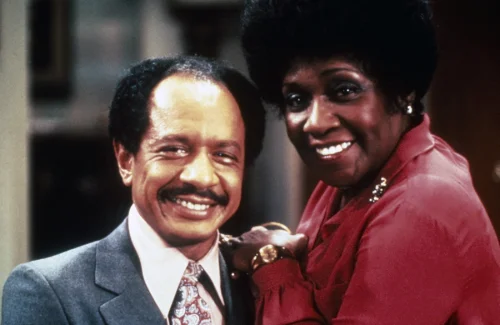
This groundbreaking spinoff from “All in the Family” chronicled the lives of George and Louise Jefferson after they “moved on up” from Queens to a “deluxe apartment” on Manhattan’s East Side, creating television’s first series centered on an affluent African American family. Sherman Hemsley’s portrayal of the proud, opinionated George Jefferson—who had built a successful chain of dry cleaning stores through hard work and determination—created a complex character who challenged stereotypes while remaining authentically rooted in his experiences with discrimination and disadvantage. The show’s willingness to directly address race relations through the Jeffersons’ interactions with their white neighbors and George’s business associates created natural openings for family discussions about prejudice, opportunity, and social change.
What made “The Jeffersons” particularly valuable as family viewing was its portrayal of a successful black family that wasn’t defined solely by racial issues—the Jeffersons dealt with universal family dynamics, business challenges, and neighborhood relationships that resonated across racial lines. Isabel Sanford’s Emmy-winning performance as Louise Jefferson created one of television’s most beloved maternal figures—wise, loving, and unafraid to check her husband’s excesses with her signature “Geoooorge!” that became a catchphrase in households across America. The show’s perfect balance of social commentary and genuine humor—particularly in the dynamic between the Jeffersons and their British butler Florence—created entertainment that brought families together while subtly expanding their understanding of America’s evolving social landscape.
13. “The Incredible Hulk” (1978-1982)
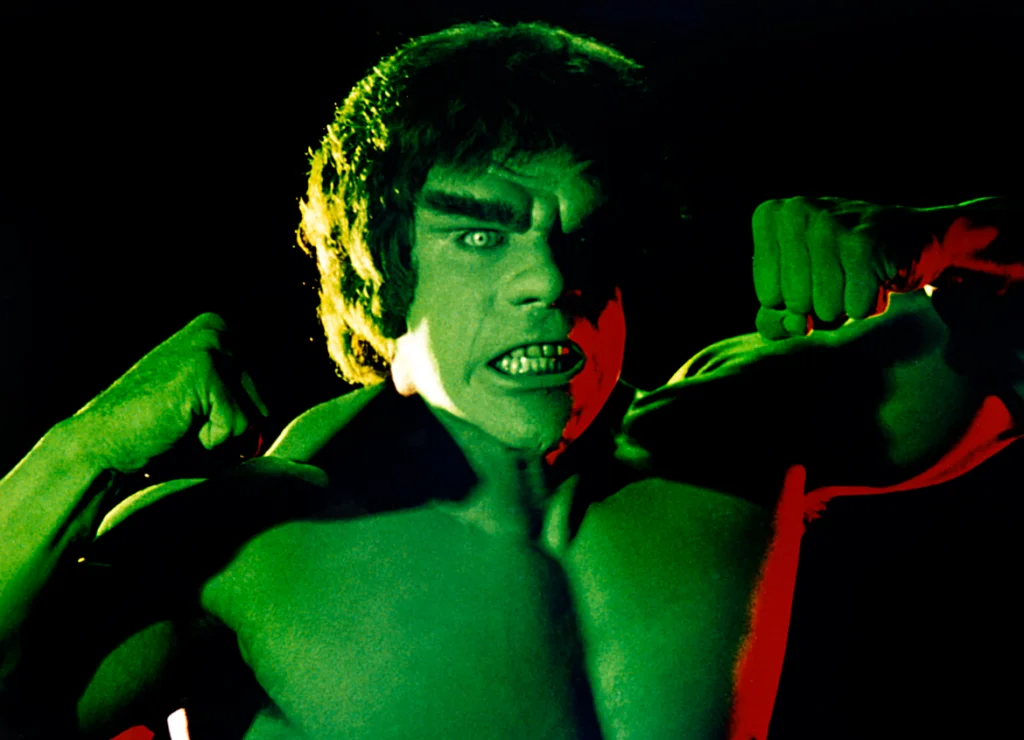
Bill Bixby’s poignant portrayal of Dr. David Banner, searching for a cure to the condition that transformed him into the Hulk (played by Lou Ferrigno) when angered, created one of television’s most emotionally complex superhero narratives. The show’s famous line—”Don’t make me angry; you wouldn’t like me when I’m angry”—became a cultural touchstone that families would playfully reference during tense moments at home. The series’ focus on Banner’s internal struggle rather than flashy superheroics created a surprisingly sophisticated meditation on anger management, isolation, and the search for self-acceptance that resonated with viewers facing their own inner conflicts.
What made the show particularly effective family viewing was its moral clarity—despite his frightening appearance, the Hulk never harmed innocent people, instead directing his strength against those who truly deserved it and often protecting the vulnerable. The formula of each episode—Banner arriving in a new location, forming connections, being forced to transform, and then having to move on—created both predictable structure that younger viewers could follow and deeper themes of sacrifice and loneliness that engaged adults. Bixby’s exceptional performance as the gentle scientist whose compassion remained even when pursued as a monster elevated the material beyond typical action fare, creating a superhero narrative with genuine emotional depth that families could appreciate together.
These shows did more than entertain—they created shared reference points that strengthened family bonds and often provided frameworks for discussing important values and issues across generational lines. In an era before media fragmentation and personalized viewing algorithms, these programs brought households together in living rooms across America, creating common experiences that could be discussed at dinner tables, referenced in family jokes, and remembered decades later with nostalgic affection. Though production values and social attitudes have evolved dramatically since the 1970s, the fundamental appeal of these shows—authentic characters facing challenges with humor, courage, and love—continues to resonate in our collective memory as the gold standard of true family programming.


